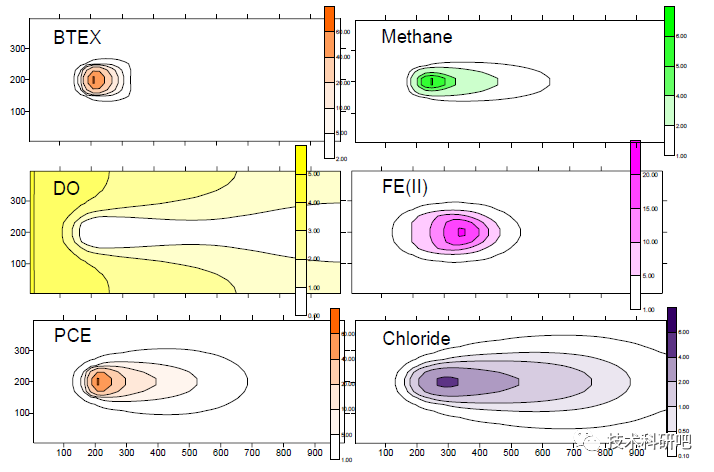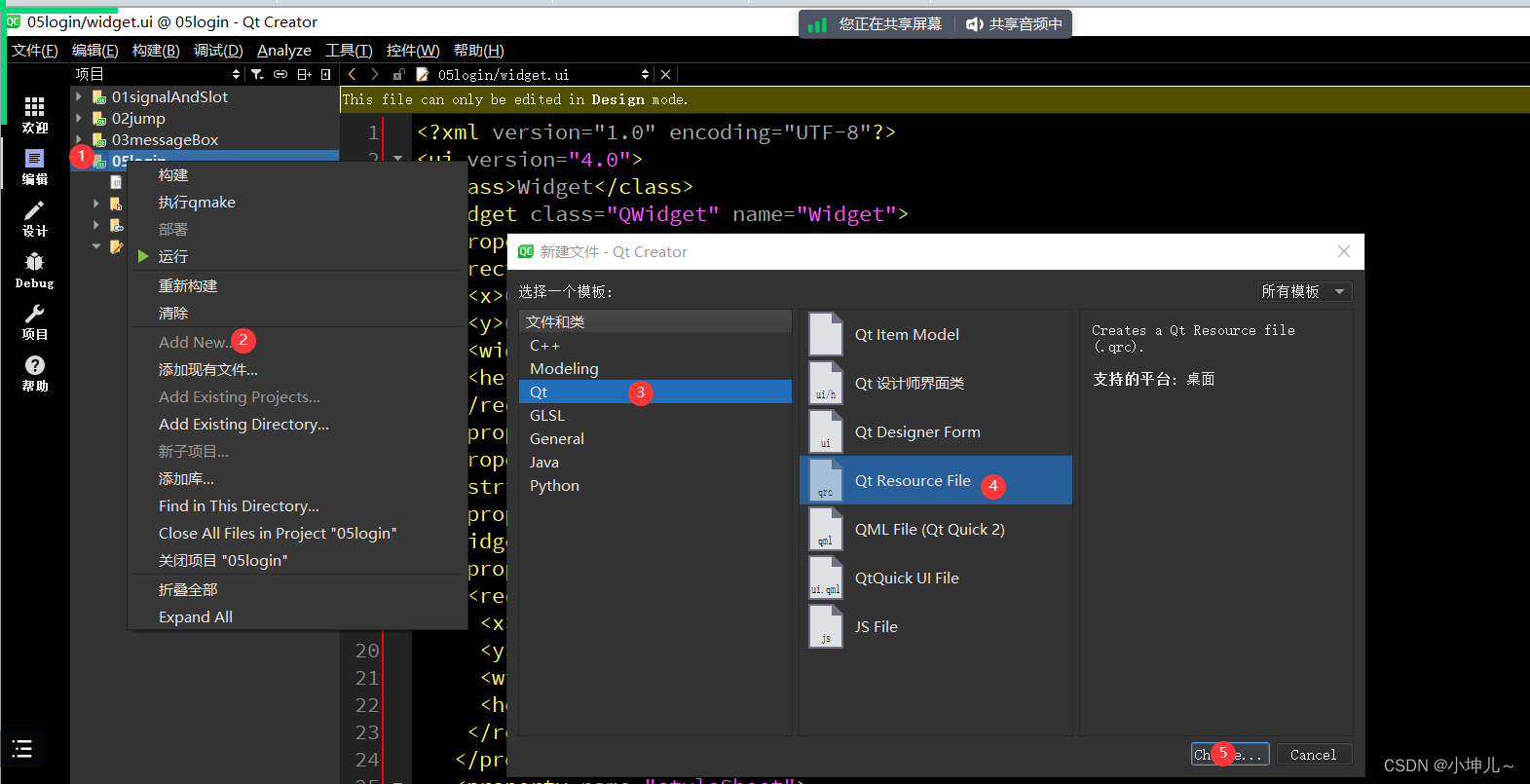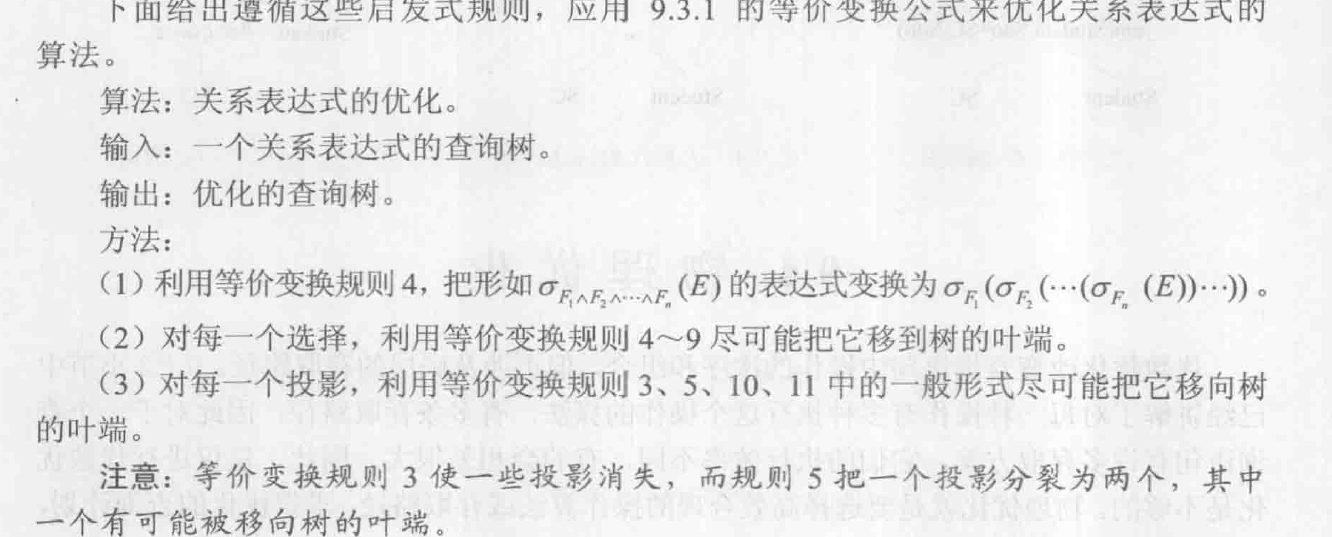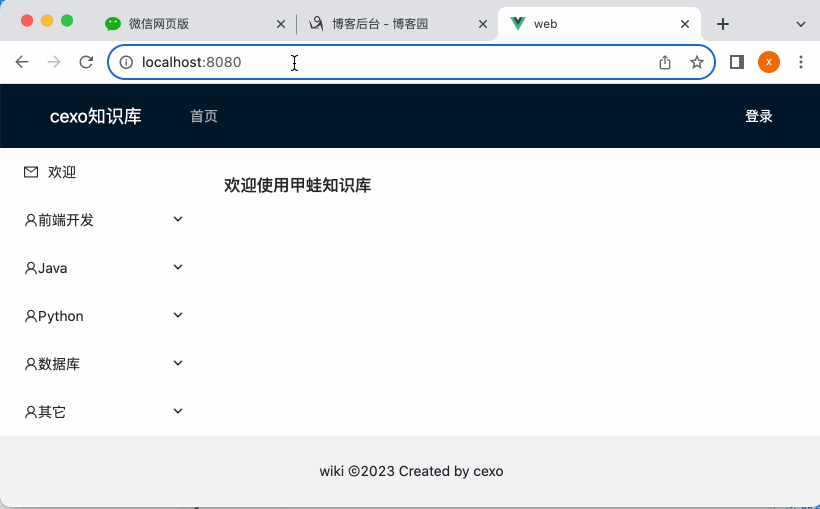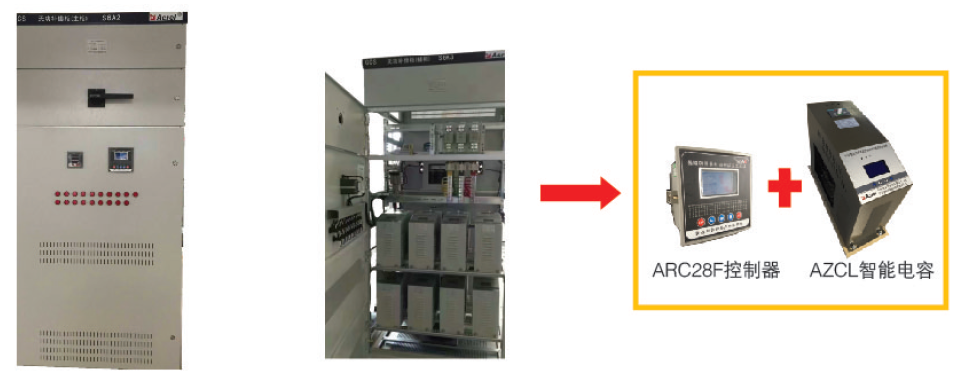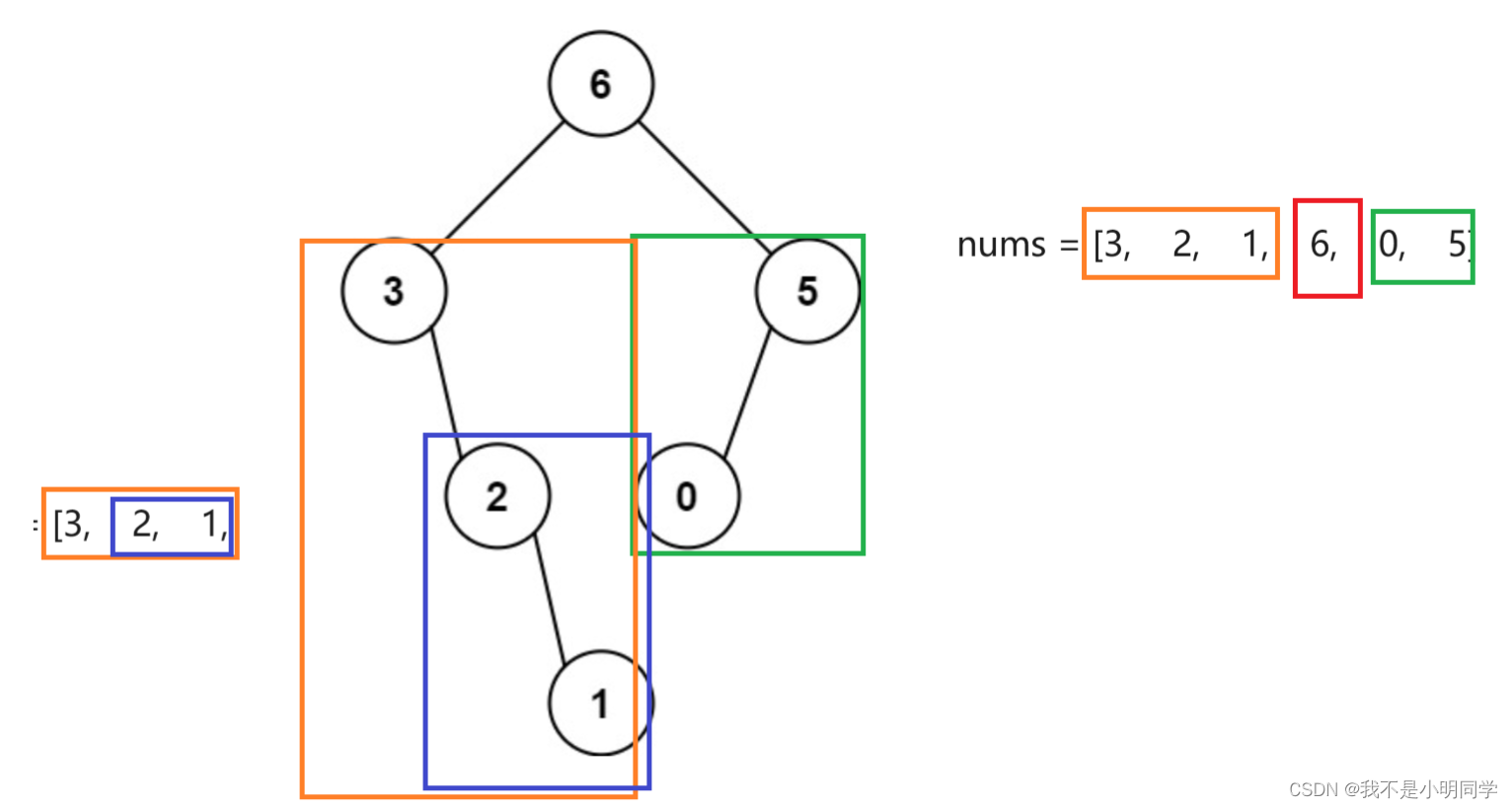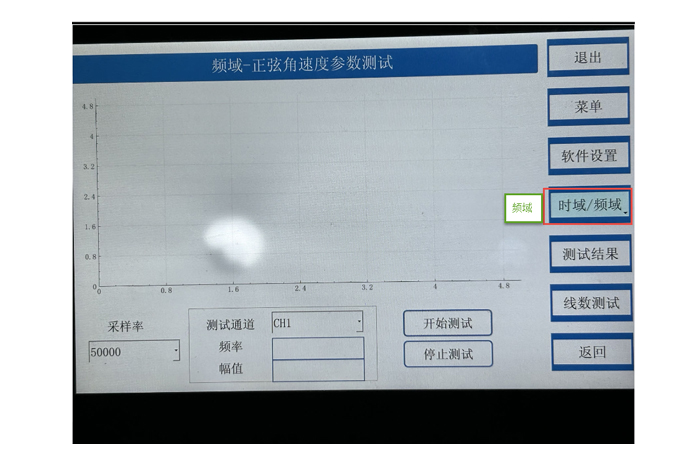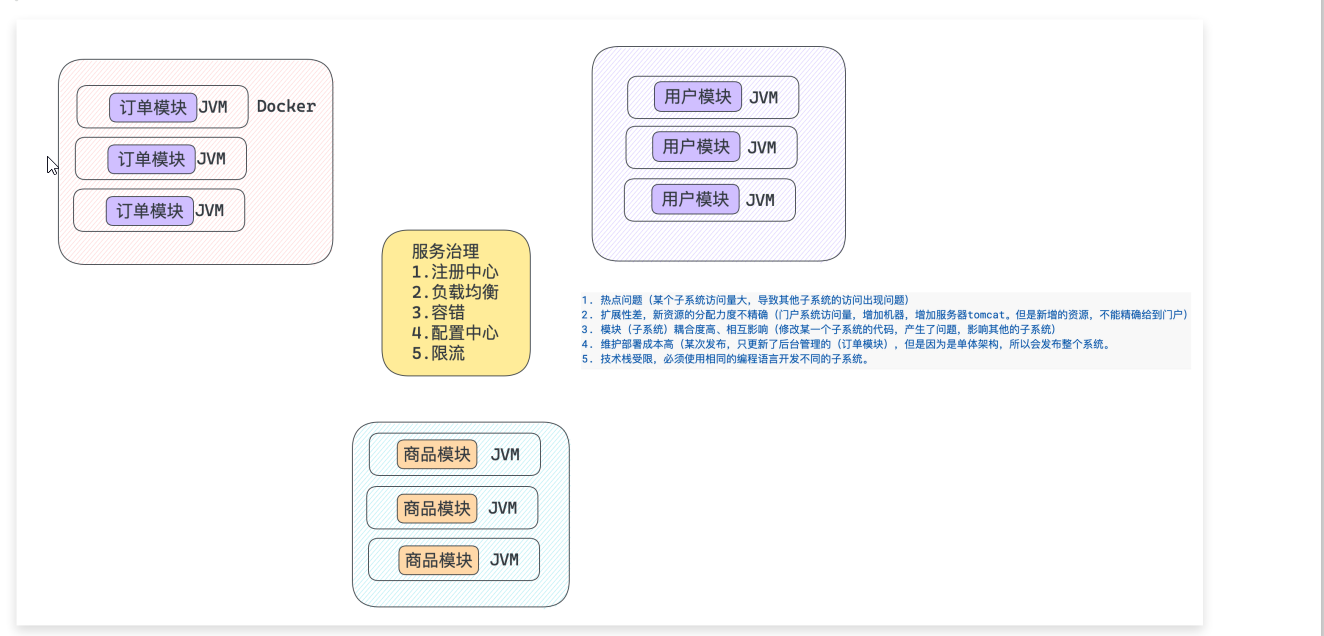Netty抽象出流水线(pipeline)这一层数据结构进行处理或拦截channel相关事件。
事件分为入站事件(inBound event)和出站事件(outBound event)的ChannelHandlers列表。ChannelPipeline使用先进的Intercepting Filter模式,使用户可以完全控制如何处理事件以及管道中的ChannelHandlers如何相互交互。类似与servlet的filter,亦或是Linux的管道命令,使用责任链模式。将不同的handlers组装成一个链表,进行依次调用。开发人员可以很方便的往链表添加或删除handler进行自己的业务逻辑操作。

channel事件分为入站和出栈事件两种类型,同样的handler分为ChannelInboundHandler和ChannelOutboundHandler两种类型处理对应事件。入站事件对应read事件,出栈事件对应write事件,读和写公用同一个pipeline,两个事件类型互不干涉。read事件从head开始往后找相关的inBound handlers依次进行处理,write事件从tail往前找相关的outBound handlers依次进行处理。
pipeline的创建
当channel创建时,就会创建一个pipeline与之进行绑定。在channel整个生命周期都会使用该pipeline进行事件处理,默认使用DefaultChannelPipeline类进行创建pipeline。
来看下DefaultChannelPipeline的构造方法:
protected DefaultChannelPipeline(Channel channel) {
this.channel = ObjectUtil.checkNotNull(channel, "channel");
succeededFuture = new SucceededChannelFuture(channel, null);
voidPromise = new VoidChannelPromise(channel, true);
tail = new TailContext(this);
head = new HeadContext(this);
head.next = tail;
tail.prev = head;
}
创建时候会初始化head和tail。我们在往pipeline添加的时候都是添加的handler,这里会包装成AbstractChannelHandlerContext类型添加到链表里。
添加handler
添加handler可以通过pipeline.addLast方法进行添加
ChannelPipeline p = ...;
p.addLast("1", new InboundHandlerA());
p.addLast("2", new InboundHandlerB());
p.addLast("3", new OutboundHandlerA());
p.addLast("4", new OutboundHandlerB());
p.addLast("5", new InboundOutboundHandlerX());
addLast的源码如下:
public final ChannelPipeline addLast(EventExecutorGroup group, String name, ChannelHandler handler) {
final AbstractChannelHandlerContext newCtx;
synchronized (this) {
//判断handler能否被添加多次
checkMultiplicity(handler);
//创建一个DefaultChannelHandlerContext实例,将handler包装起来
newCtx = newContext(group, filterName(name, handler), handler);
//添加到链表
addLast0(newCtx);
//判断channel是否绑定了eventLoop,没绑定调用callHandlerCallbackLater后面文章会讲到这里
if (!registered) {
newCtx.setAddPending();
callHandlerCallbackLater(newCtx, true);
return this;
}
EventExecutor executor = newCtx.executor();
if (!executor.inEventLoop()) {
callHandlerAddedInEventLoop(newCtx, executor);
return this;
}
}
//回调当前handler的handlerAdded方法
callHandlerAdded0(newCtx);
return this;
}
//这里就是将handler添加到tail的前面
private void addLast0(AbstractChannelHandlerContext newCtx) {
AbstractChannelHandlerContext prev = tail.prev;
newCtx.prev = prev;
newCtx.next = tail;
prev.next = newCtx;
tail.prev = newCtx;
}
从上面源码可以看出,添加的handler首先会被包装成一个HandlerContext,然后在将其放到链表tail的前面。添加handler其它的方法还有addFirst,addBefore,addAfter原理类似。可以根据业务逻辑进行handler顺序编排。
常见事件
入站读事件:ChannelInboundHandler
| 回调方法 | 事件说明 |
|---|---|
| channelRegistered | channel绑定EventLoop |
| channelUnregistered | channel取消EventLoop绑定 |
| channelActive | channel启动准备完成 |
| channelInactive | channel处于非活动状态,准备关闭 |
| channelRead | 从对端读取到数据 |
| channelReadComplete | 处理完所有读取到的数据 |
出站写事件:ChannelOutboundHandler
| 回调方法 | 事件说明 |
|---|---|
| bind | bind操作完成前回调,serverchannel事件 |
| connect | connect操作完成前回调,clientchannel事件 |
| disconnect | disconnect操作完成前回调,client端事件 |
| close | close操作前回调,server端事件 |
| read | read操作前回调 |
| write | write操作前回调 |
| flush | flush操作前回调 |
数据读写源码
io.netty.channel.Channel.write方法会调用pipeline.write,其源码如下
public final ChannelFuture write(Object msg) {
return tail.write(msg);
}
这里看到写数据从tail开始调用。所以这里如果有多个handler的话,要注意我们加入handler的顺序。
手动添加的handler都被包装成DefaultChannelHandlerContext,该类只重写了handler()方法获取当前handler,其它方法实现都在其父类AbstractChannelHandlerContext中。方法间传递的ctx变量就是该类。递归调用handler也是主要在该类中方法实现:
ctx.write:
private void write(Object msg, boolean flush, ChannelPromise promise) {
//找出下一个Outbound类型MASK_WRITE类型的handler
final AbstractChannelHandlerContext next = findContextOutbound(flush ?
(MASK_WRITE | MASK_FLUSH) : MASK_WRITE);
final Object m = pipeline.touch(msg, next);
EventExecutor executor = next.executor();
if (executor.inEventLoop()) {
//是否flush,调用下一个handler的write
if (flush) {
next.invokeWriteAndFlush(m, promise);
} else {
next.invokeWrite(m, promise);
}
} else {
final WriteTask task = WriteTask.newInstance(next, m, promise, flush);
if (!safeExecute(executor, task, promise, m, !flush)) {
task.cancel();
}
}
}
这里以读方法为例看调用过程
读数据从pipeline.fireChannelRead方法开始
public final ChannelPipeline fireChannelRead(Object msg) {
AbstractChannelHandlerContext.invokeChannelRead(head, msg);
return this;
}
这里看到ctx从head开始往后找。然后调用ctx.invokeChannelRead
static void invokeChannelRead(final AbstractChannelHandlerContext next, Object msg) {
final Object m = next.pipeline.touch(ObjectUtil.checkNotNull(msg, "msg"), next);
EventExecutor executor = next.executor();
if (executor.inEventLoop()) {
next.invokeChannelRead(m);
} else {
executor.execute(new Runnable() {
@Override
public void run() {
next.invokeChannelRead(m);
}
});
}
}
invokeChannelRead方法其实是调起handler.channelRead方法。
private void invokeChannelRead(Object msg) {
if (invokeHandler()) {
try {
((ChannelInboundHandler) handler()).channelRead(this, msg);
} catch (Throwable t) {
invokeExceptionCaught(t);
}
} else {
fireChannelRead(msg);
}
}
下一个handler一般在处理完后,会调用ctx.fireChannelRead完成下一个handler的调用。这样完成链式调用
public ChannelHandlerContext fireChannelRead(final Object msg) {
invokeChannelRead(findContextInbound(MASK_CHANNEL_READ), msg);
return this;
}
参考:
https://netty.io/4.0/api/io/netty/channel/ChannelPipeline.html
https://www.alibabacloud.com/blog/essential-technologies-for-java-developers-io-and-netty_597367
